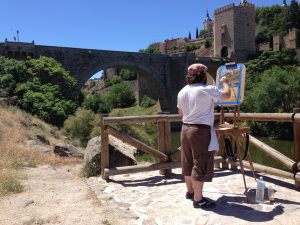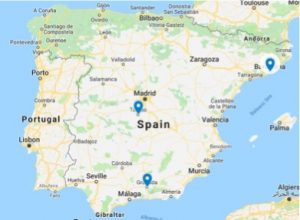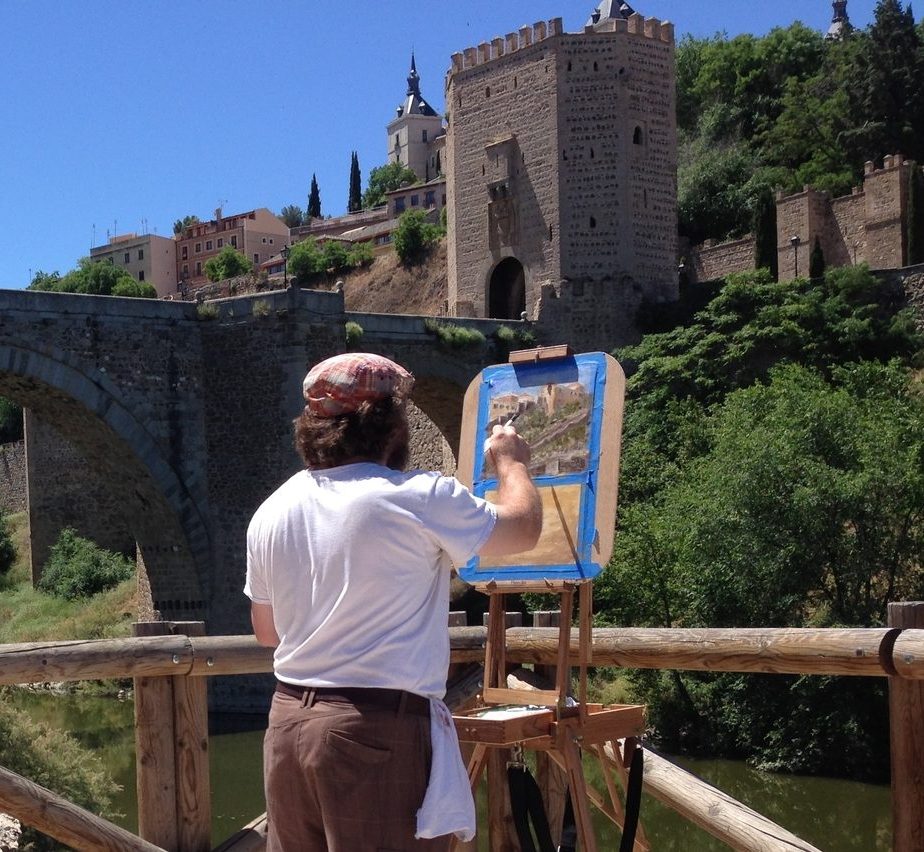For the first time in recent memory, students in The University of Alabama’s art and art history department are studying abroad in Spain.

For two weeks in May, 20 students will travel throughout the country, from Madrid to Barcelona, touring the famous art collections, sculptures, museums, architecture and buildings of Spain as they’re taught its art style and history by Jason Guynes, chair of the department of art and art history and professor of art and painting, and Tanja Jones, associate professor of art history.
The program is worth six credit hours.
“Most of our study abroad programs were in Italy,” Guynes said. “This year we chose Spain for a lot of reasons. It has some of the best collections of artwork in the world, its history and culture have important implications globally, and it’s an opportunity to study Islamic influences in art and architecture without leaving Europe.
“In their national museums, they have tremendous work. Among my favorites is an important collection in Madrid called Thyssen-Bornemisza Collection. It’s one of the best painting collections in the world.”
Guynes said last year the art department reinvented its study abroad program. Instead of sending students to study with external companies, they now do short-term trips led by art faculty who have expertise in the art of the country they’re leading students through.
Jones is an expert on Italy, which is where the program went last year, and Guynes is an expert on Spain.
“Instead of meeting in the classroom on campus, we’re meeting in Spain,” he said. “And rather than just looking at pictures of Spain and talking about it, we’re actually going to see things in context.”
While in Spain, students will collect information, do historical research, sketch, photograph, search sites, draw and create canvas paintings.
When they return to the U.S. they’ll complete more in-depth studies on what they researched, complete papers and work on photographs and paintings to create more complex works.

“We will be based in Toledo, a UNESCO world heritage site and a beautiful medieval city famous for three religions living peacefully together,” Guynes said. “You can still see the influence of those cultures in the city. We can just step outside and draw or conduct research.”
One feature that Guynes is particularly excited about showing the art students is a type of architecture that’s unique to that country.
Spain was once controlled by the Moors, a group of Muslim people who had their own type of architecture called Mudejar, which is characterized by the use of pattern, tile and abstract design. Guynes said it’s like nothing else in the world, and though it can still be seen in other parts of the Arab world, Spain is perhaps the most accessible place to view it.
“There’s nothing like studying abroad to open the eyes of students to take all the theory they’ve learned in the classroom and put it into practice–to give them a more complete picture,” he said “A transformation happens when students study abroad. They’re able to see the world in new ways, and the work that they start producing afterwards is always remarkable.”
